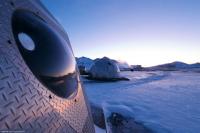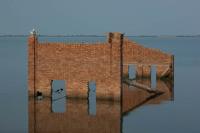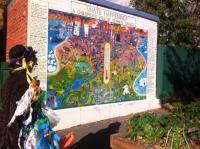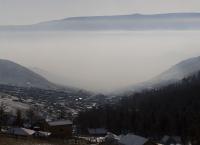Dreaming the Designer Climate (Iceland) | A 360º Visual Journey
In this chapter from the virtual exhibition “Global Environments: A 360º Visual Journey,” Jeroen Oomen and Adam Sébire delve into the world of Carbon Capture and Storage (CCS) technologies through a video triptych in Hellisheiði in Iceland. The three screens, shown here in one video, capture experiments at Hellishei∂i, aspects of the sequestered CO2, and an imagined future.











